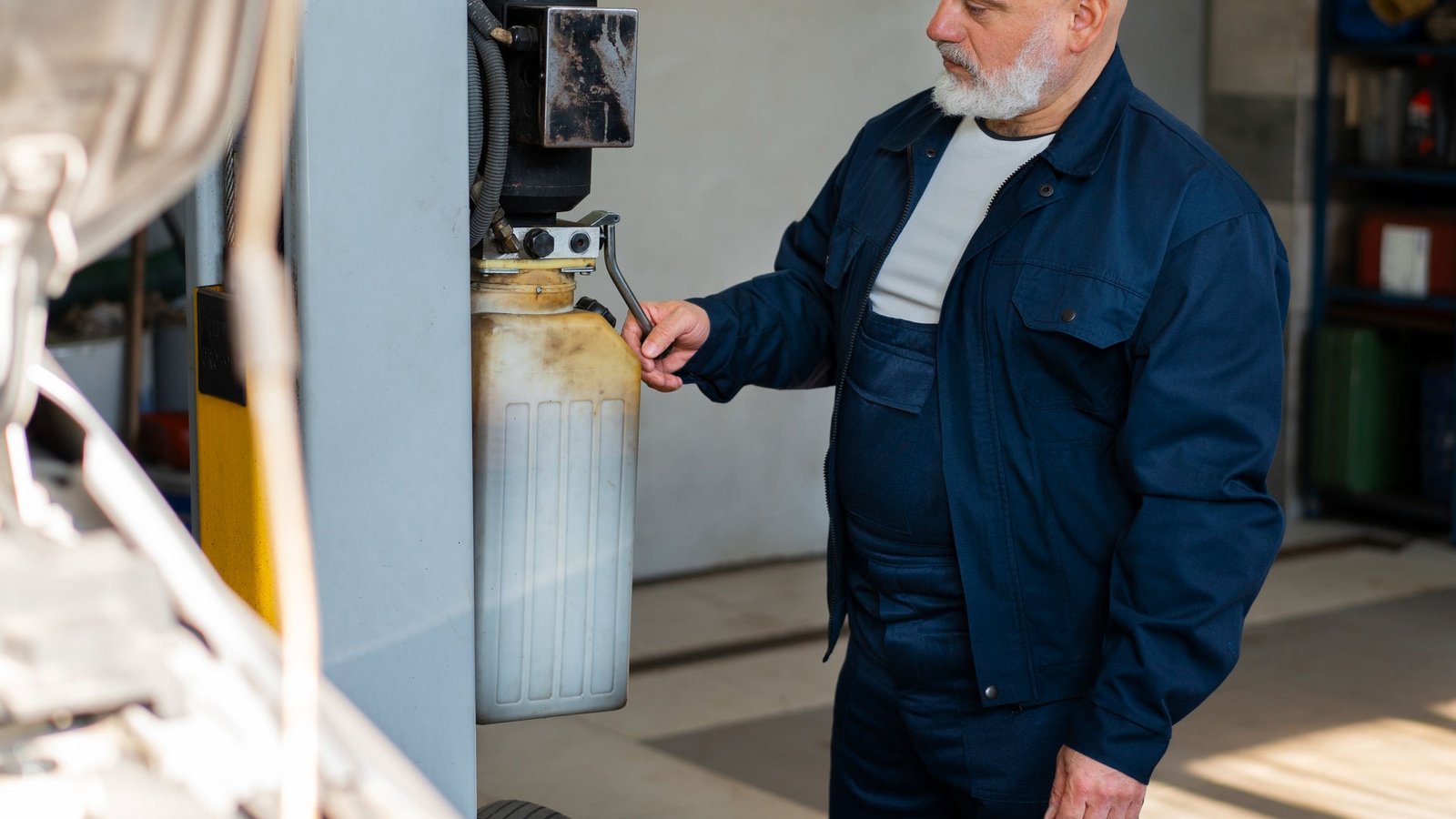Energy-efficient compressed air and vacuum systems help leaders meet sustainability targets and reduce operating costs.
Industrial work is still bloodied by compressed air and vacuum systems. Nevertheless, they are also the most energy-greedy. It has been demonstrated that up to 10 per cent of industrial electricity is consumed by compressing air alone, and inefficiencies waste as much as half of that energy. It is not merely technical anymore–it is strategic. The questions that executives should pose to themselves are whether efficiency is being approached as a cost-focused, narrow exercise or a tool of resilience, ESG objectives, and long-term competitiveness.
Table of Contents:
Where inefficiencies hide in plain sight
What tools and methods unlock real savings
How smarter tech changes the game
Who leads transformation within the plant and boardroom?
Where to start an efficiency playbook for leadership
What outcome should we expect
Where inefficiencies hide in plain sight
Executives often assume that inefficiencies are rooted in outdated machines. The reality is subtler. Leaks, pressure drops, and improperly sized components quietly bleed millions in energy every year. Legacy design rules, like oversimplified storage-to-flow ratios, lock companies into higher energy use than necessary. These “silent costs” go unnoticed until a rigorous audit exposes them. The question is not whether inefficiencies exist, but how much capital is slipping through them.
What tools and methods unlock real savings
The good news is that energy waste in air and vacuum systems is one of the easiest industrial inefficiencies to fix. Proven strategies include:
- Conducting compressed air audits to detect leaks and optimize system pressure.
- Switching to low-pressure blowers in applications where high pressure is unnecessary.
- Benchmarking with tools such as the Department of Energy’s Compressed Air Scoping Tool.
Case studies show companies saving hundreds of thousands annually by acting on these basics. The ROI is often achieved in under two years, a rare win-win for sustainability and profitability.
How smarter tech changes the game
Technology is reshaping efficiency from the inside out. Variable speed drive (VSD) compressors adapt output to fluctuating demand, cutting energy use significantly compared to constant-speed units. Precision-engineered rotor designs, like Kaeser’s Sigma Profile, deliver additional gains of up to 20%.
On the vacuum side, digital controls now allow systems to auto-adjust or shut off when not in use, eliminating waste in robotics, packaging, and food processing. By 2026, analysts expect such smart controls to be embedded as standard, making today’s “best practice” tomorrow’s baseline.
Who leads transformation within the plant and boardroom?
Efficiency can no longer be the possession of energy managers. With industrial automation poised to increase to a projected $40 billion market in 2025, the C-suites will have no choice but to tie operational efficiency with corporate ESG promise. Compressed air and vacuum solutions have ceased to be isolated plant choices but are strategic resources linked to shareholder expectations, prescriptive compliance, and talent attraction.
Sustainability requirements are already being incorporated into the procurement policy by forward-thinking executives, and they are investing in oil-free compressors to achieve regulatory and brand trust requirements, as well as linking system performance to ESG reporting metrics. It is not that leadership is about acting on capital expenditure with approval, but it is about sending a message to the market that efficiency and responsibility go hand in hand.
Where to start an efficiency playbook for leadership
Executives do not need to wait for a system overhaul to act. A pragmatic playbook begins with:
- Commissioning a system audit or benchmarking study.
- Prioritizing quick wins such as leak repair and right-sizing equipment.
- Evaluating VSD compressors and efficient rotor technologies for variable demand operations.
- Embedding energy efficiency into long-term capital planning and ESG reporting.
Hurricane after hurricane, the steps add up, creating operational resilience and sending a strong signal to the stakeholders that efficiency is part of the corporate agenda.
What outcome should we expect?
In 2030, any company not modernising its compressed air and vacuum systems will not only have to pay more in terms of electricity, but they will also miss out on carbon cuts, as their rivals grab cost leadership and reputation. The ones who strike today will enjoy predictive maintenance, automated efficiency, and lower emissions- they will place efficiency as an operationally minor detail but a pillar of corporate resilience.
Discover the latest trends and insights—explore the Business Insights Journal for up-to-date strategies and industry breakthroughs!

